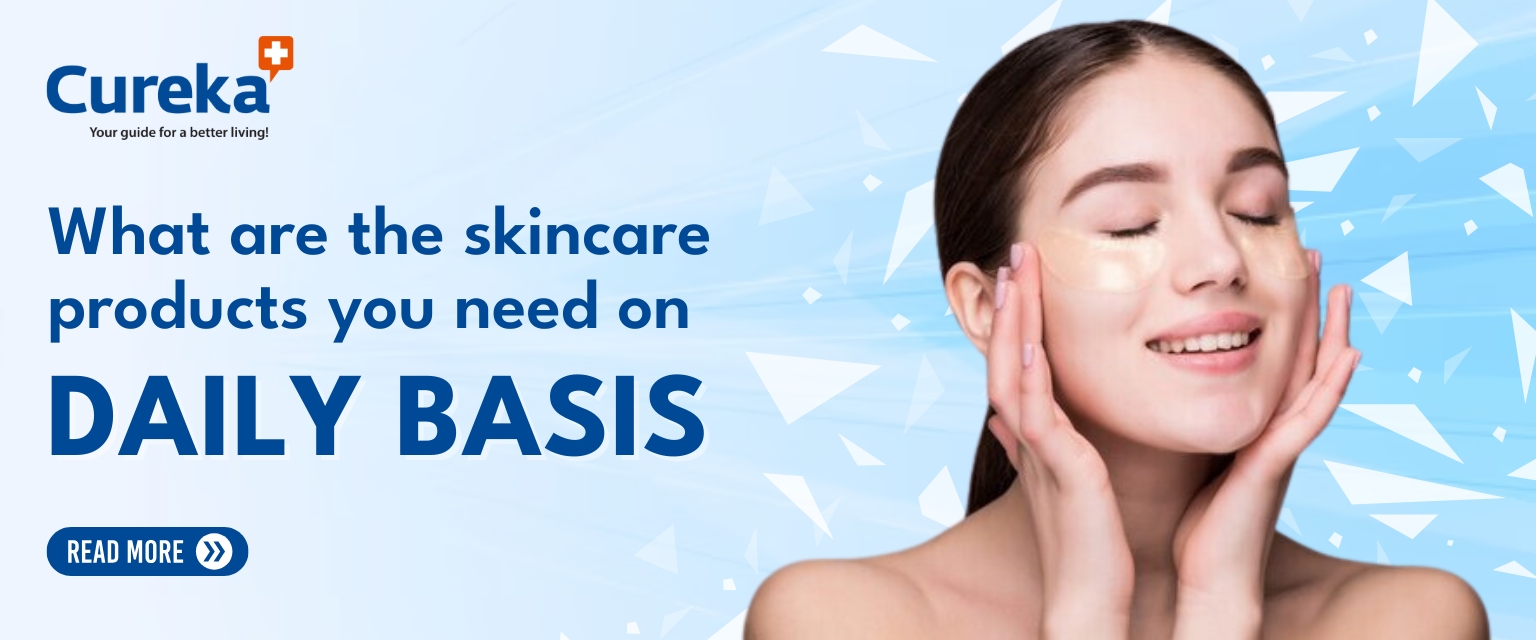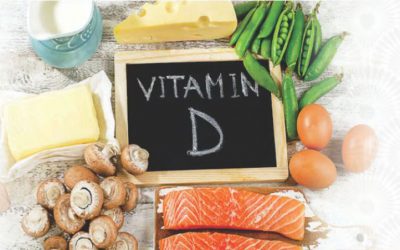What Are the Skincare Products You Need on a Daily Basis?
Your skin is more than just a surface; it’s your body’s largest organ, working tirelessly to protect you from environmental aggressors. But are you giving it the care it truly deserves? From pollution to the natural aging process, your skin faces countless challenges daily. That’s where the right skincare products come in : acting as shields, nurturers, and rejuvenators for your skin. But with many options in the market, how do you know which ones are the best skincare products for a daily routine? Let’s find out.
Cleanser:
Cleansing is the most fundamental step in any routine. It removes excess oil, dirt, sweat, and makeup, which can clog pores and lead to dullness or breakouts.a
Why It’s Important
The skin’s surface is covered with environmental pollutants and sebum (oil) by the end of the day. If not cleansed properly, these impurities can lead to acne, inflammation, and premature aging.
What to Look For in a Cleanser
Oily Skin: Opt for gel-based cleansers with salicylic acid or benzoyl peroxide to control oil and clear pores.
Dry Skin: Cream-based cleansers with hydrating ingredients like glycerin and ceramides help maintain moisture.
Sensitive Skin: Use sulfate-free, fragrance-free cleansers with calming agents like chamomile or aloe vera.
Pro Tip
Avoid overwashing your face, as this can strip your skin of its natural oils, causing dryness and irritation.
Toner:
Often considered optional, toners have evolved to become a vital step in skincare. Modern toners are designed to balance the skin’s pH, hydrate, and prep it for better absorption of active ingredients.
Why It’s Important
Cleansers can sometimes disrupt your skin’s natural pH, leaving it vulnerable. Toners restore this balance while removing any leftover residue.
Key Ingredients in Toners
Hyaluronic Acid: Boosts hydration and locks in moisture.
Niacinamide: Reduces redness and controls excess oil production.
AHA/BHA: Mild exfoliants like glycolic or salicylic acid gently unclog pores and refine texture.
Pro Tip
Pat toner into your skin with your hands rather than using a cotton pad to minimize product wastage.
Serums:
Serums are concentrated formulations packed with active ingredients targeting specific concerns such as aging, pigmentation, and hydration.
Why It’s Important
Unlike moisturizers, serums penetrate deeper into the skin, delivering powerful actives directly to where they’re needed most.
Key Types of Serums
Vitamin C: Brightens the skin, reduces dark spots, and provides antioxidant protection.
Retinol: Boosts collagen production, minimizes fine lines, and improves overall texture.
Hyaluronic Acid: Attracts and retains water, giving your skin a plump and hydrated appearance.
Pro Tip
Apply serums on slightly damp skin for better absorption and always follow retinol with sunscreen during the day.
Moisturizer:
No matter your skin type, a moisturizer is essential to keep your skin hydrated and reinforce its protective barrier.
Why It’s Important
A moisturizer prevents transepidermal water loss (TEWL), keeping your skin hydrated and preventing dryness. It also provides a smooth base for makeup application.
What to Look For in a Moisturizer
Oily Skin: Lightweight, oil-free gels with ingredients like niacinamide.
Dry Skin: Rich creams containing shea butter or squalane.
Combination Skin: Balancing lotions with hyaluronic acid or ceramides.
Pro Tip
Apply moisturizer within three minutes of cleansing to trap moisture effectively.
Sunscreen:
Sunscreen is a non-negotiable step in any skincare routine. It shields your skin from harmful UVA and UVB rays, preventing premature aging, pigmentation, and skin cancer.
Why It’s Important
UV rays are the leading cause of skin damage. Even on cloudy days or indoors, UV rays can penetrate windows, causing cumulative damage.
What to Look For in a Sunscreen
Broad-Spectrum Protection: Guards against both UVA (aging rays) and UVB (burning rays).
SPF 30 or Higher: Provides adequate coverage for daily use.
Mineral Sunscreens: Zinc oxide or titanium dioxide are ideal for sensitive skin.
Pro Tip
Reapply sunscreen every 2-3 hours, especially if you’re outdoors or sweating.
Lip Balm:
Your lips have no oil glands, making them prone to drying out. Daily use of a nourishing lip balm is essential to keep them soft and protected.
Key Ingredients in Lip Balms
Shea Butter and Coconut Oil: Provide intense hydration.
SPF: Shields lips from UV damage.
Vitamin E: Repairs and softens cracked lips.
Pro Tip
Exfoliate your lips weekly with a sugar and honey scrub to remove dead skin and enhance balm absorption.
Frequently Asked Questions
Do I Really Need All These Products Daily?
Yes, each product serves a specific purpose in maintaining healthy skin. However, routines can be simplified based on your skin’s needs. For example, a cleanser, moisturizer, and sunscreen can form a minimalist routine, while serums and toners add targeted benefits.
Are Natural Products Always Better?
Not necessarily. While natural ingredients can be gentle and effective, it’s essential to choose natural products that are dermatologically tested and scientifically backed, because natural doesn’t mean safe.
How Long Before I See Results?
Skincare is a long-term investment. While hydration benefits are immediate, visible results like reduced fine lines or brighter skin may take 3-6 months with consistent use.
The Secret to Radiant Skin:
Using the best skincare products isn’t enough if you’re inconsistent. Your skin thrives on routine. Sticking to a daily regimen with these essentials – cleanser, toner, serum, moisturizer, sunscreen, and lip balm , will help you achieve and maintain healthy, glowing skin.
Remember, every skin is unique. Take time to understand your skin type and its needs. With the right choices and consistent care, you can give your skin the protection and nourishment it deserves.
References:
- Skincare Bootcamp: The Evolving Role of Skincare – 2016 Dec – https://pmc.ncbi.nlm.nih.gov/articles/PMC5172479/











